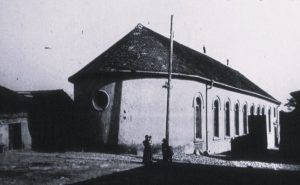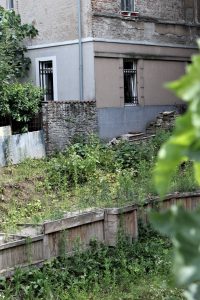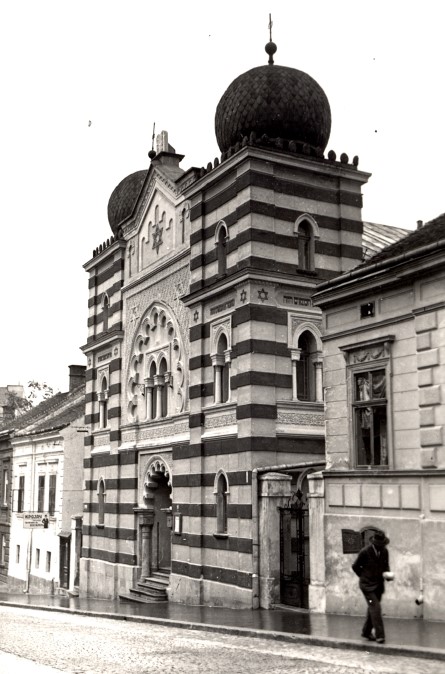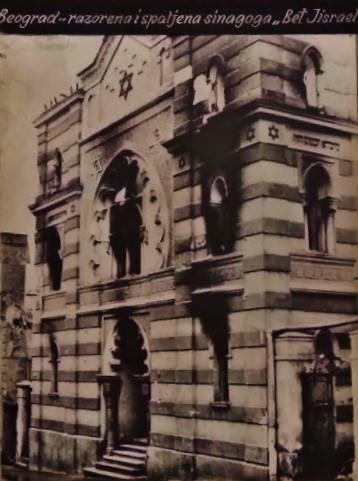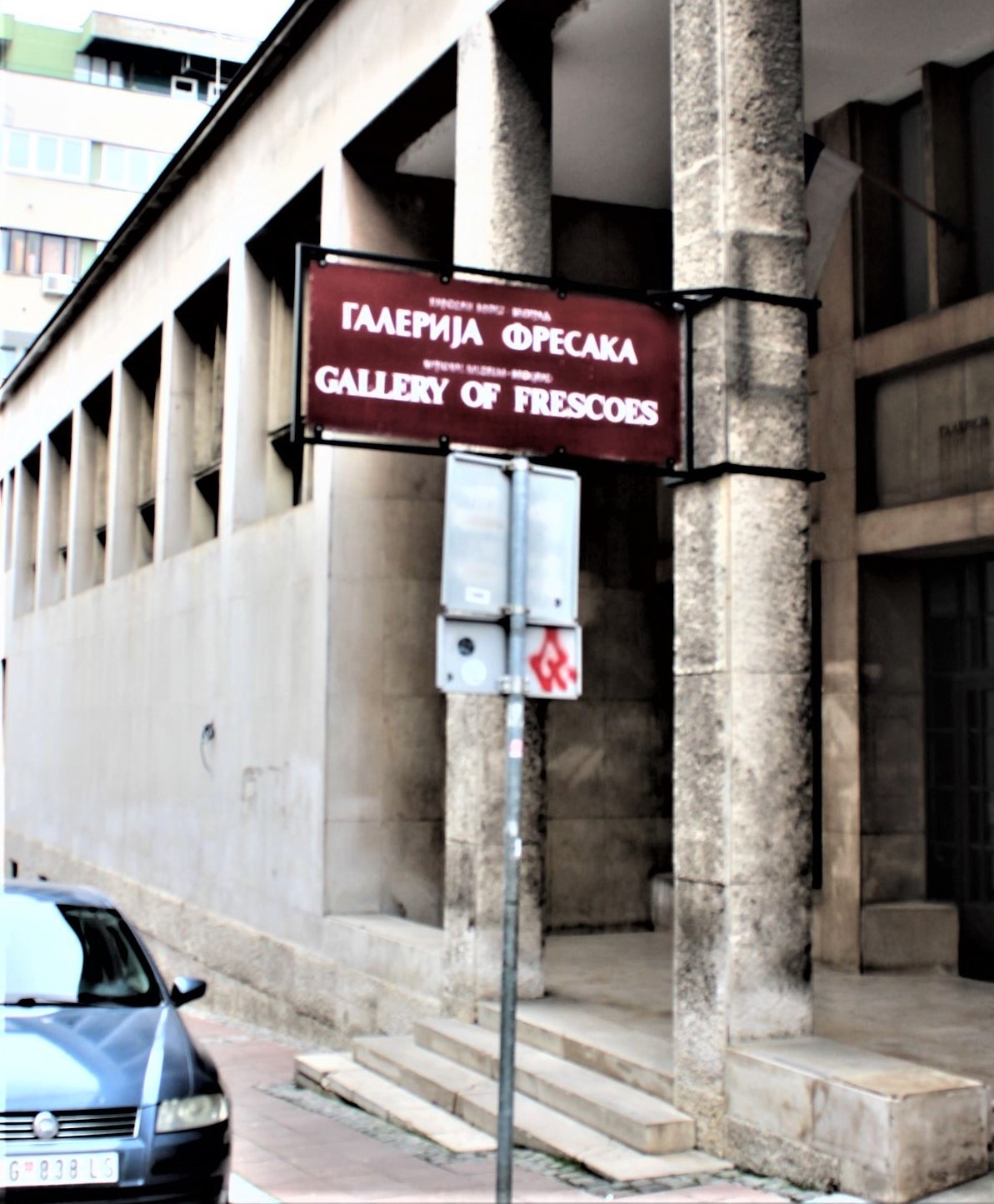In Belgrade, there were four synagogues. Due to various historical circumstances, three synagogues were demolished, and only one has been preserved to this day. In Zemun, there were two synagogues, but none have been preserved.
The first synagogue was built in the 17th century and was known as El kal vijež0. It was located in today’s Visoki Stevan Street 5-7. It was a large single-nave building with a rectangular base (36m x 8m) with a semicircular apse on the southern side. It suffered damage from fires on several occasions, but it was always restored. A major reconstruction of this synagogue took place in 1819, and until its destruction, the synagogue retained its appearance. It was damaged during the bombing of Belgrade in 1941, and the remains were demolished in 1952.
The second Dorćol synagogue, known as the El kal nuevo, was built after Serbia gained independence at the Berlin Congress. El kal nuevo was a temple frequented by the poorer population. It was demolished during World War I, and in its place, the Jewish community constructed a warehouse that has survived to this day.
The next synagogue built for the needs of the Sephardic community was the Bet Izrael synagogue on Cara Uroša Street. The design by architect Milan Kapetanović won the competition. The synagogue was built in the Neo-Moorish style and was completed in 1908. Unfortunately, it was set on fire during World War II. After the war, in 1949, the decision was made to remove the remains of the synagogue and build the Galerija freska on the same site.
Bet Izrael sinagogoga, Beograd (srušena) Slika izgorele sinagoge Galerija freska na mestu današnje sinagoge
Written by Iva Pešić

